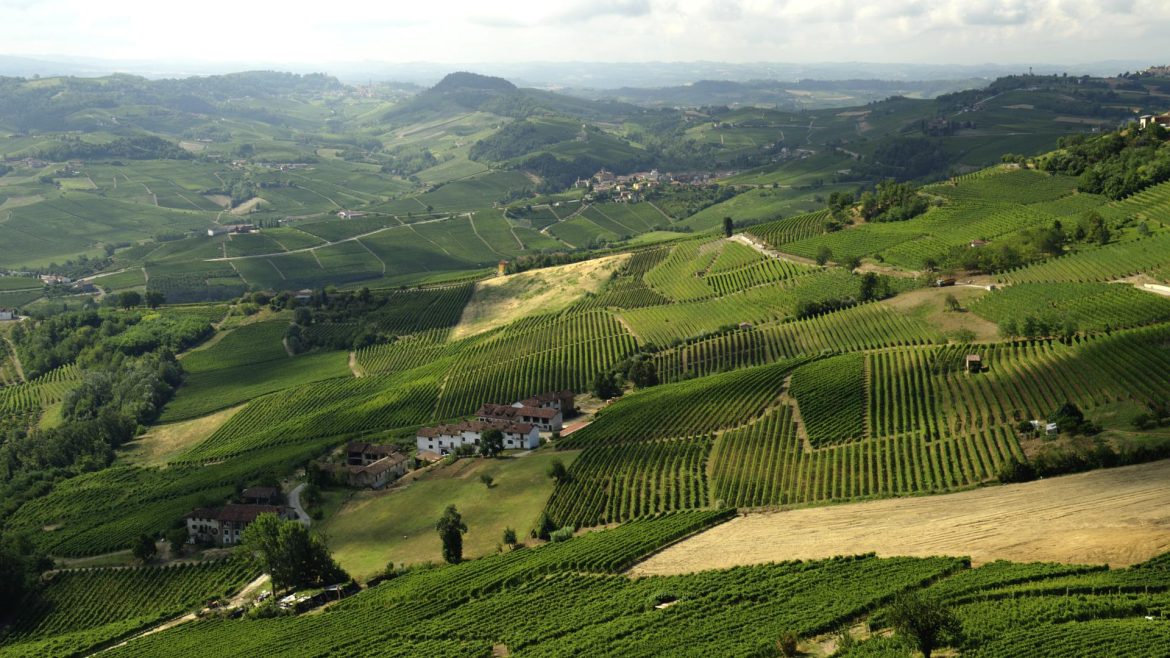Italy is renowned for its rich history and culture, stunning landscapes, and of course, its wine. Italian wineries have a long and storied history dating back centuries and are known for producing some of the world’s most exceptional wines.
The history and culture of Italian wineries date back thousands of years and are deeply intertwined with the country’s rich and diverse cultural heritage. Italian wineries have been producing wines for over 3,000 years, with the ancient Greeks and Etruscans being among the first to introduce grape cultivation and winemaking to Italy.
Throughout history, winemaking in Italy has been influenced by various cultures, including the Romans, who spread viticulture throughout their empire, and the Byzantines, who introduced new winemaking techniques. The medieval period saw the rise of monastic orders that played a significant role in the preservation and cultivation of grape varieties, as well as the development of new winemaking methods.
The wine industry in Italy is vast and diverse, with over 1 million vineyards covering an area of more than 800,000 hectares. The country is home to a wide range of grape varieties, each with their unique flavor profile, and winemakers who use traditional and modern techniques to produce an array of wines that are enjoyed worldwide.
One of the most famous Italian wine regions is Tuscany, known for its full-bodied red wines, including Chianti, Brunello di Montalcino, and Vino Nobile di Montepulciano. The region is also home to several prestigious wineries, such as Antinori, Banfi, and Marchesi de’ Frescobaldi.
Another popular wine region is Piedmont, known for its Barolo and Barbaresco wines, which are made from the Nebbiolo grape. The region is also home to other notable wines, such as Barbera and Dolcetto. Wineries in Piedmont, such as Gaja and Giacomo Conterno, are known for their high-quality wines and traditional winemaking techniques.
In the Veneto region, the iconic Amarone della Valpolicella is produced. This unique wine is made using a unique appassimento process, where the grapes are dried before fermentation, resulting in a full-bodied and complex wine. Wineries such as Masi and Allegrini are well known for their Amarone wines.
Other Italian wine regions include Sicily, known for its rich and fruity Nero d’Avola wine, and Puglia, which produces full-bodied and fruity Primitivo wines.
Italian wineries offer not only exceptional wines but also a unique cultural experience. Many wineries offer tours and tastings, allowing visitors to learn about the winemaking process and the history and traditions of Italian wine. These experiences provide an opportunity to taste the diverse range of wines produced in Italy and gain an appreciation for the country’s rich wine culture.
In conclusion, Italian wineries are an essential part of the country’s cultural heritage, and their wines are enjoyed worldwide. From Tuscany to Piedmont, Veneto to Sicily, the diverse range of Italian wines produced by these wineries reflects the country’s rich history, traditions, and culture.


